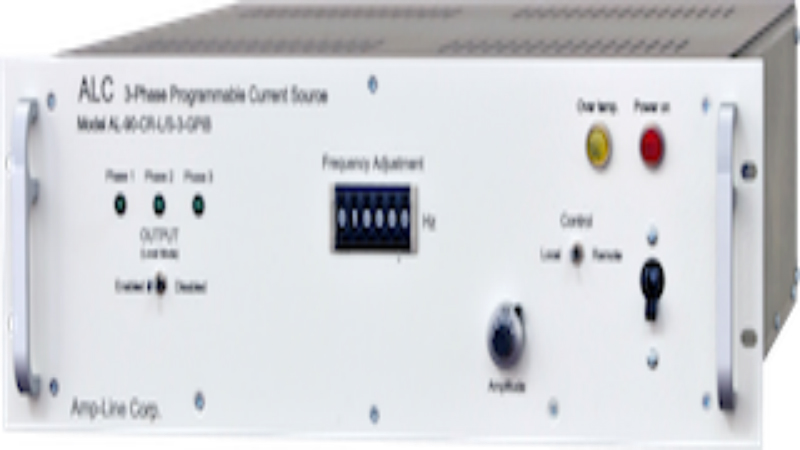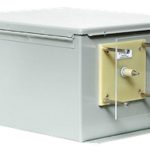If you’re not someone who’s particular about the electronics you’re using, you wouldn’t know there are different types of power supplies. These power supplies differ in how they work which determines their size, efficiency and noise level. In the market today, there are basically two: the switching power supply and the linear power supply.
Each of these two has its own following industries that find their favored power supply ideal for their environment. While switching power supply often has the manufacturing, mobile station, aviation and marine as frequent users, linear power supplies are often used in the applications within communication, medical and laboratory.
The linear power supply uses larger transformers converting Alternating Current (AC) line voltage into Direct Current (DC) before sending the power to the regulation circuit. Switching power supply converts AC line voltage into DC without using a transformer because it goes through an Integrated Circuit and becomes high-frequency DC before going to the regulation circuit.
The advantages of a switching power supply enable the unit to come in a smaller size, lighter in weight and be more efficient. It’s actually 80% efficient. While linear supply would be more silent and runs with the faster transient response time. It also tends to be more flexible in application.
Switching supply runs with a high-frequency noise level with a greater ripple. Linear supply is much larger in size and heavier because of the built-in transformer. It runs only at 60% efficiency.
These are the considerations users and buyers need to take when choosing between the two power supplies.






